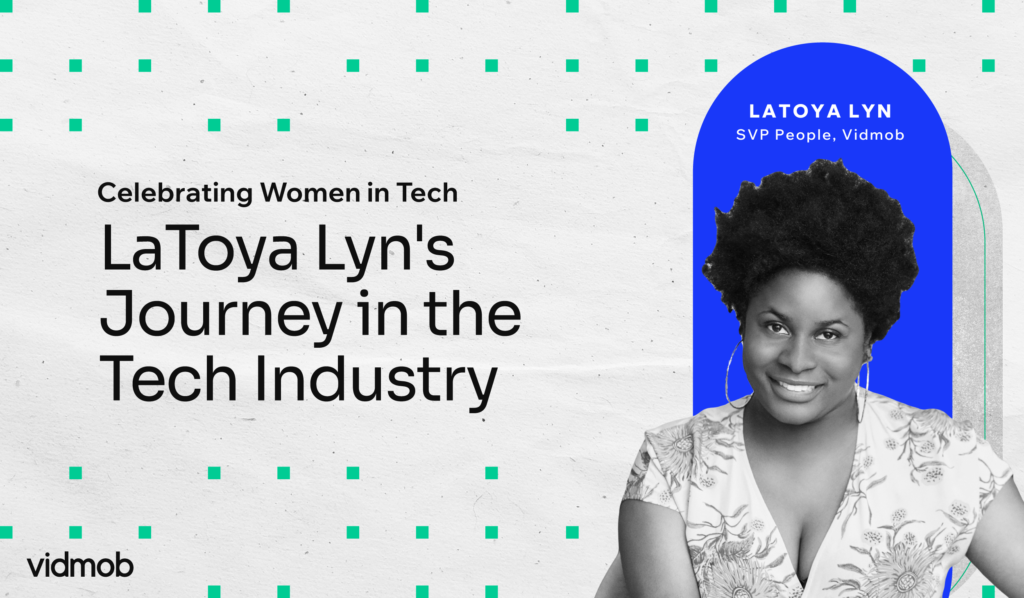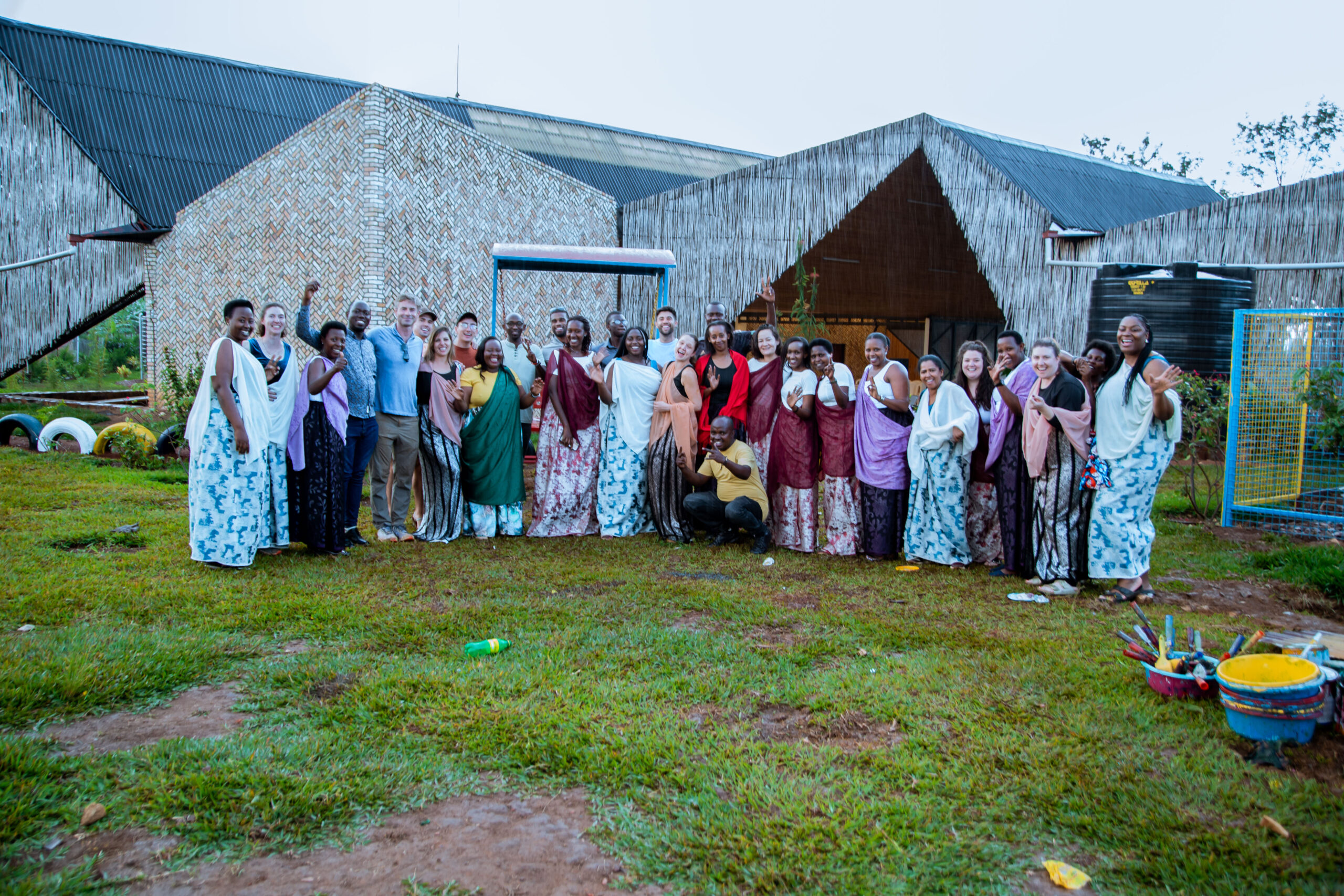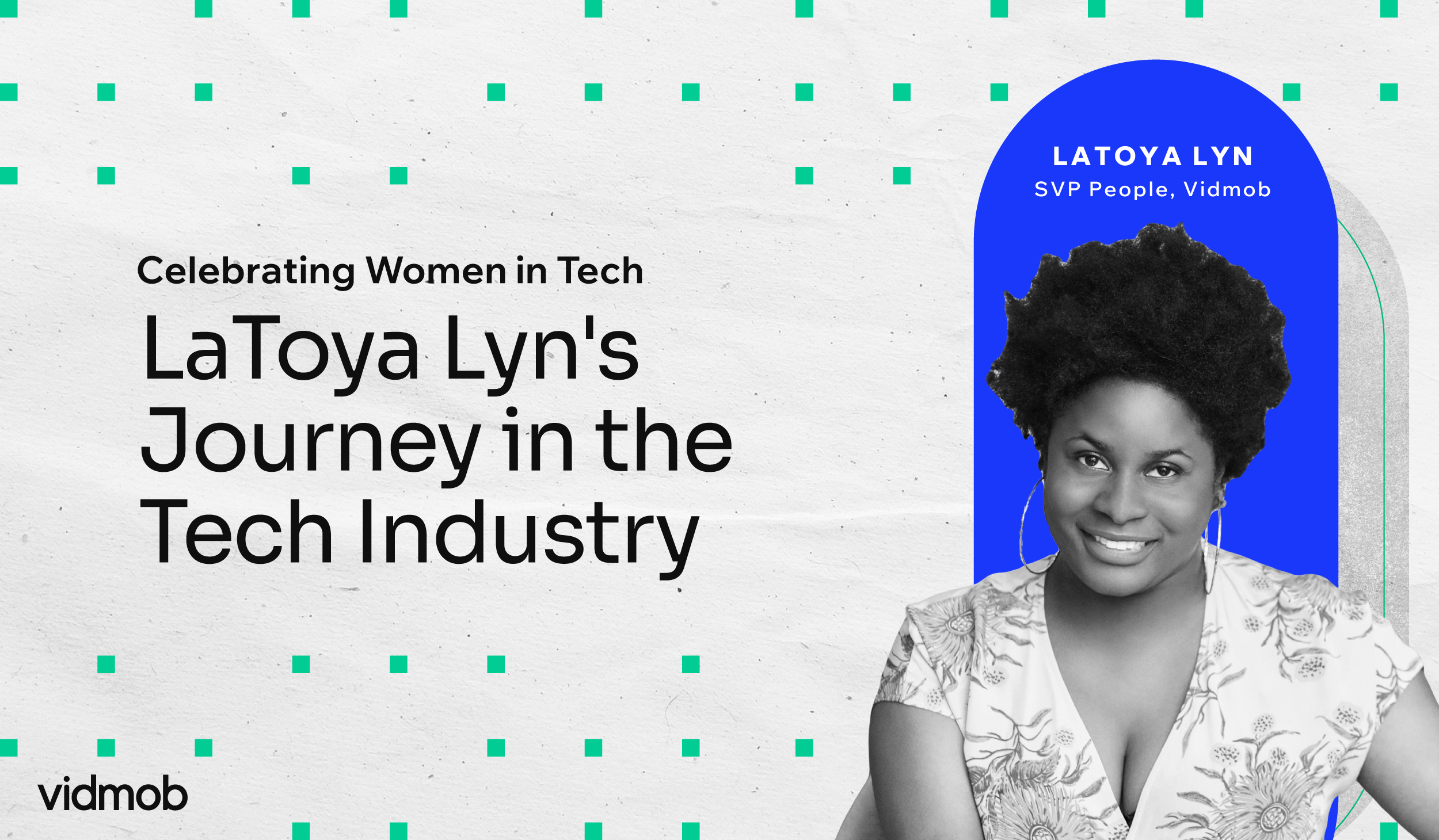Flip the Script

Mandatory Credit: Photo by AWEurope/REX/Shutterstock (10157118m) Alex Collmer (Founder and CEO, VidMob) and Julien Decot (Director of Platform Partnerships, EMEA, Facebook) Crush Video Campaigns: Facebook & Instagram, Tech Stars Stage, Advertising Week Europe, Picturehouse Central, London, UK – 21 Mar 2019 Facebook’s Julien Decot and VidMob’s CEO Alex Collmer will share the 2019 playbook for creating for growth. You’ll learn how to optimize ad design, use creative to find your best customers and apply data to the creative process.
More Change A-Comin’
If you think the changes in the marketing world over the past ten years have been exciting, buckle up because it’s about to accelerate. After decades of TV, the initial transition to digital was like a flash of light. First, we learned that we could buy in real-time, get data instantly, and actually target customers who were interested in learning about our products. Then the digital platforms expanded and individually ascended to true scale. Each had different audiences, in different mindsets, behaving in different ways, and we were disappointed to realize that we had to communicate differently on each of these platforms in order to succeed. Then, in rapid succession, we were given the ability to deliver different messages at different points in a marketing funnel, all while the underlying ad formats evolved towards greater and greater efficacy. If Newton had secretly believed that entropy was actually the measure of disorder in the marketing world, then I think the last decade would have proven the 2nd law of thermodynamics all over again. And recently, our progress towards creative chaos has been inexorable.
One constant through this has been the idea that you start with the knowledge of who your customer is, build a targeting strategy for that customer, and then create ad media designed to work within that framework. This has the unintended consequence of delivering a sort of customer survivorship bias, helping to prove that every brand manager was exactly right in knowing who their customer was—we target only these people, and only these people purchase, so only these people are our customers…just like we thought!

Mandatory Credit: Photo by AWEurope/REX/Shutterstock (10157118n) Julien Decot (Director of Platform Partnerships, EMEA, Facebook) Crush Video Campaigns: Facebook & Instagram, Tech Stars Stage, Advertising Week Europe, Picturehouse Central, London, UK – 21 Mar 2019 Facebook’s Julien Decot and VidMob’s CEO Alex Collmer will share the 2019 playbook for creating for growth. You’ll learn how to optimize ad design, use creative to find your best customers and apply data to the creative process.
Facebook’s Julien Decot and VidMob’s CEO Alex Collmer will share the 2019 playbook for creating for growth. Optimize ad design, use creative to find your best customers, and apply data to the creative process. | Mandatory Credit: Photo by AWEurope/REX/Shutterstock (10157118n)
Creative Targeting
A new school of thought is emerging now, that sees savvy marketers flipping the script—leading with targeted creative, putting it out to as broad an audience as possible, and then letting the increasingly powerful algorithms of the major digital platforms FIND the customers for each creative variant. (One key caveat—targeting broadly doesn’t necessarily mean large spending upfront. The platform algorithms are getting so good that they need surprisingly few conversions in order to narrow down from an initially broad target). The theory here is that no matter how well you know your customer, you are guaranteed to be overlooking something, and unbiased math can fill in the holes in your assumptions. Deploying this strategy can expand your addressable audience, help you find new product variants that are viable product extensions, and grow sales more rapidly than the former strategy of trying to simply get the most out of a narrow, pre-defined target. But it shifts the marketing value chain a bit. Media targeting is not the skill it once was—in this model, you just target everyone and hit ‘go.’ Conversely, having a diverse set of creative hypotheses and being able to bring many of them to life, while still staying true to your brand, is more important than ever. And herein lies the challenge: how do you get a truly diverse set of ideas from an industry that’s largely sequestered to a few large urban centers, reads the same small number of trade publications, and has famously struggled with diversity for decades?

Mandatory Credit: Photo by AWEurope/REX/Shutterstock (10157118q) Alex Collmer (Founder and CEO, VidMob) Crush Video Campaigns: Facebook & Instagram, Tech Stars Stage, Advertising Week Europe, Picturehouse Central, London, UK – 21 Mar 2019 Facebook’s Julien Decot and VidMob’s CEO Alex Collmer will share the 2019 playbook for creating for growth. You’ll learn how to optimize ad design, use creative to find your best customers and apply data to the creative process.
Facebook’s Julien Decot and VidMob’s CEO Alex Collmer will share the 2019 playbook for creating for growth. Optimize ad design, use creative to find your best customers, and apply data to the creative process. | Mandatory Credit: Photo by AWEurope/REX/Shutterstock (10157118n)
To solve this, we need to recognize that there are many factors that play into truly diverse communications.
1. The first is obviously cultural and experiential. People communicate more honestly and with greater emotional resonance when they live the subject matter.
2. The second is geographic. There are talented people in every corner of this world, and they often live next door to the people who might buy your products. New York, London, Berlin, and Sao Paolo are all great, but most people in each of those countries don’t live there and think each of those cities, respectively, is as much a foreign place as another country halfway around the world.
3. The third is skill/style diversity. Have you ever heard the saying that if you’re a hammer, everything looks like a nail? Well, what feature do you think every skilled motion graphics artist thinks all ads should contain? How about an award-winning copywriter proposing an ad with no copy?
The scope of this challenge is overwhelming. We’re now told that we need to create for multiple platforms, in myriad formats, with bespoke messages at different points in a conversion funnel, with a shrinking life expectancy of my creative, and now we also need to make a diverse array of targeted creative as well? The good news is that there are a growing number of technology platforms aimed at solving different pieces of this challenge. Influencer platforms like Whalar and Popular Pays have built networks of skilled creators and workflow platforms that enable brands to procure large volumes of content from photographers and videographers all over the world. The large social platforms themselves are also working on ways to make it easier for marketers to find and transact with the influencers who are already succeeding organically in their environments. And companies like VidMob are building platforms to understand the creative drivers behind every piece of media’s resonance with its audience, and then a scalable means to react to each insight with an immediate creative response.
The common factor underlying each of these platforms is a belief that the scale of the problem demands a technology-based solution, but that technology alone cannot work. Human creativity has to be part of the solution. But the wonderful thing about technology is that it has a funny way of transforming existing systems. In this case, while the need for human creators at the foundation of advertising is not going to change, these emergent platforms create the possibility for a change in the nature of that foundation. People who don’t live in urban centers now can work for the biggest brands. People whose experiences and culture vary greatly from the historical norms of the advertising industry can now offer that difference as an asset. And people with different skills and different visions can be easily given a shot.
These things have all been possible for a few years. But as the script flips, and we move from media targeting to creative targeting, that possibility is turning into a need. And that’s a change I’m excited to see.






